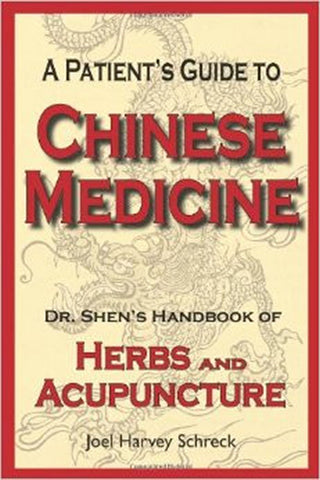
TCM Made Easy: Theory of the Channels and Points
Where there's pain, there's no flow
When There's Flow, There's No Pain
Many people receiving acupuncture for the first time are surprised by the placement of the needles. Needles are often placed in the extremities for reasons that seem less than obvious. Patients who suffer headaches often find themselves with needles in their hands and feet rather than their head. If this happens to you, don’t worry. The reason has to do with the way our energy flows.
Our energy (qi) is said to flow along fourteen major channels and numerous minor channels. These flows influence the flow of all our fluids and energies.
Each one of these flows passes through and influences an internal organ. Typically, these rivers of energy are named according to the internal organs which they nourish. Thus we have the Liver Channel, Stomach Channel, Heart channel, etc.. To the acupuncturist, these channels provide access to the internal organs. Most of the 500 or so acupuncture points lie on major channels.
Acupuncture points are used to regulate flow along these channels. Some of the most powerful points lie on the extremities - below the elbows and knees. Five powerful points on the extremity of each channel are known as the five SHU points. They are likened to the flow of water and named the source points, well points, stream points, river points, and sea points.
Two important channels run vertically along the midline of the body, from the genitalia to the head. We call the channel on the front of the body the Conception Vessel. The channel that runs along the spine is called the Governing Vessel.
Examples of the Channels
 Lung Channel
Lung Channel

Large Intestine Channel

Stomach Channel





Leave a comment